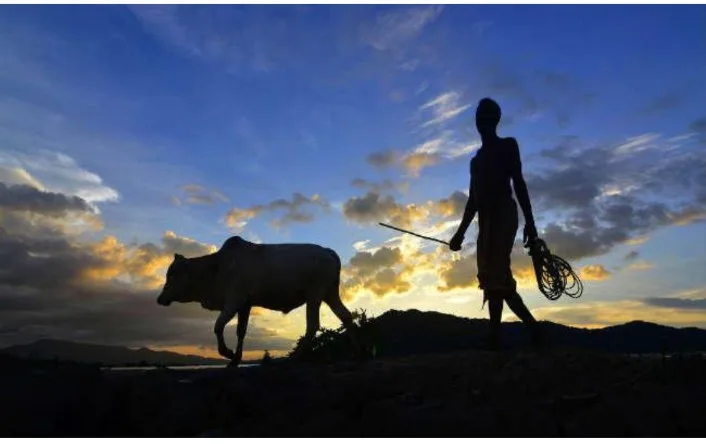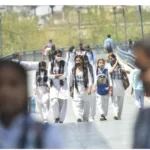In the recently presented 18th Economic Survey in the State Assembly, the Bihar government provided a comprehensive overview of the activities conducted by the Rural Development Department. The government revealed an expenditure of ₹15,456.5 crores on rural development in the fiscal year 2022-23, constituting approximately 6.5% of the total budget. However, this marks a decrease compared to the past four years, with expenditures of 7.12% in 2021-22, 9.44% in 2020-21, 9.19% in 2019-20, and 7.96% in 2018-19.
Despite the reduction in overall spending, Bihar surpassed the national average in rural development expenditure, allocating 3.45% at the national level.
MGNREGA Job Cards Decline, Employment Increases
The number of MGNREGA job cards has decreased this year compared to the previous fiscal year 2021-22. While 235.3 lakh job cards were issued last year, this figure decreased to 167.01 lakh in 2022-23. However, the number of families finding employment has increased, with 50.17 lakh families securing jobs in 2022-23 compared to 48 lakh in 2021-22. Notably, 0.4% of these families received employment for a hundred days. The percentage of women employed in MGNREGA rose from 53.2% last year to 56.3% in 2022-23. Despite the increase in women’s employment, fewer jobs were completed in MGNREGA, with 10.9 lakh jobs finished compared to 13 lakh in the previous year.
Economic Survey Highlights:
– In the financial year 2022-23, ₹15,456.5 crores were spent on rural development.
– MGNREGA provided employment to 50.17 lakh families in 2022-23.
– Women’s employment in MGNREGA increased to 56.3% in 2022-23 from 53.2% the previous year.
– Under Jeevika, ₹34,000 crores in loans were distributed among self-help groups by September 2023.
– 10.47 lakh self-help groups were formed, and ₹10,742.07 crores were transacted through 5,006 bank correspondents using the alternative banking model.
– Fish farming commenced in 109 blocks across 32 districts through self-help groups.
– Community libraries and career development centers were established in 100 blocks across 32 districts under Jeevika.







